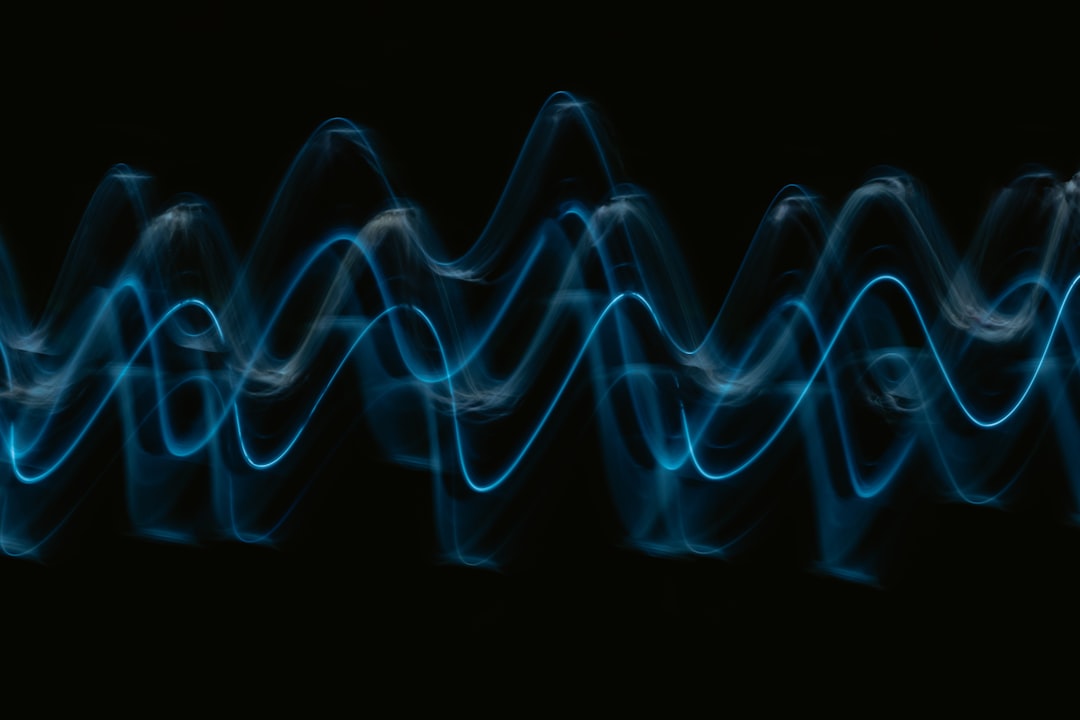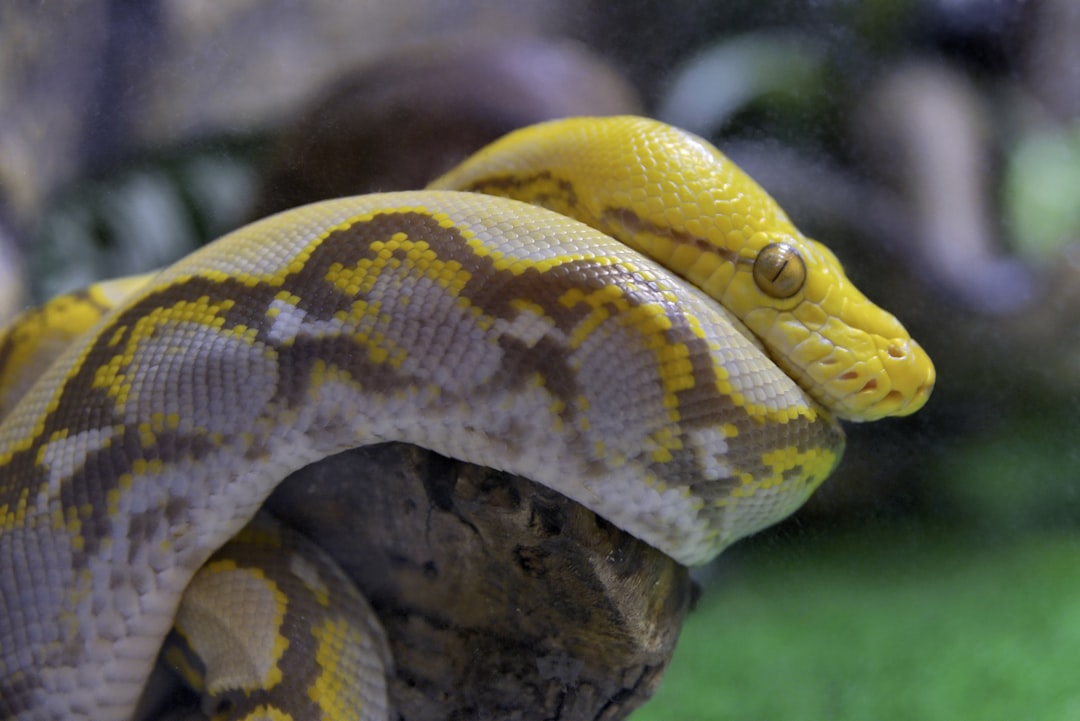What is it about?
The use of eco-friendly plasticizers is the easiest and cheapest way to modulate the physical and mechanical properties of biopolymers for specific applications. Several internal and external plasticizers were tested to increase the processability window and to improve the ductility of poly(3-hydroxybutyrate) (PHB) or poly(3-hydroxybutyrate-co-3-hydroxyvalerate) (PHBV), at the expense of other properties (stiffness, rigidity). Natural and/or biodegradable products such as glycerol (G), citrates (tributyl citrate (TBC), triethyl citrate (TEC)), oils (soybean oil, epoxidized soybean oil (ESO), castor oil (CO)), propylene glycol (PG) or polyethylene glycol (PEG) were mainly tested as plasticizers in PHB and PHBV. Comparative to previous works, a mixture of plasticizers was proposed in this article. Combining two plasticizers could be a suitable solution to modify PHB for specific applications. This method is more valuable as it can be used in the case of commercially available pelletized PHB, containing different additives, including plasticizers. For the choice of the second plasticizer, one should bear in mind that plasticizers should be compatible to PHB, non-toxic, with good thermal stability, low volatility, without migration, and they should decrease the melt viscosity and increase the ductility. In this article several biodegradable or bio-based plasticizers with no toxicity, already used in medical and pharmaceutical formulations, were tested in a commercial PHB.
Featured Image

Photo by Sangga Rima Roman Selia on Unsplash
Why is it important?
In the present work, the influence of four biodegradable and biocompatible plasticizers, acetyl tributyl citrate (ATBC) and ESO that were obtained from renewable sources and two PEGs with medium molecular weight (4000 and 6000), was studied in the case of a commercial pelletized PHB. PHB blends were characterized by mechanical, thermal, rheological and morphological analyzes in an attempt to understand the interaction of plasticizers with the polymer and its additives. These results are important for the design of PHB biomaterials with desirable properties for biomedical field and food packaging.
Perspectives
Biodegradable and biocompatible plasticizers were used in a commercial PHB to improve the processability and properties for the fabrication of marketable packages and biomedical devices. The morphological investigation has shown that PHB is sensitive to plasticizers even when they were used in low amount (of only 5 wt%) and the crystalline structure and morphological organization underwent different changes depending on the type of the plasticizer. Thus ESO, which can induce further bonding or cross-linking, led to the best mechanical behavior in terms of higher elongation at break and almost no change of the tensile strength, also delaying the decomposition process of PHB. The addition of ESO led to higher crystallite size and inter-planar distances in PHB. This reflects both the interaction of PHB and ESO (by their carboxyl/hydroxyl and epoxy groups) and the insertion of ESO molecules in the inter-lamellar amorphous phase of PHB, thus influencing the distances and characteristics of neighbor crystalline phase. ATBC, with high polarity and low molecular weight, induced the most noticeable plasticizing effect. This was reflected in the decrease of the melting temperature and viscosity, the diminution of crystallinity and crystalline size as well as the formation of small spherulites, due to the easier penetration of ATBC between the polymer chains reducing the hydrogen bonding. These correlated to the increased elongation at break and the decrease of tensile strength and modulus and the drop of the initial degradation temperature of PHB. PEG type plasticizers have intermediate effect, PEG6000 behaving more as a polymeric modifier improving the thermal stability and crystallization. This study has shown that it is possible to tailor the rheological, thermal and mechanical behavior of a commercial PHB by the addition of a second plasticizer in small amount. By choosing a certain plasticizer it is also possible to control the morphology and the properties of PHB for a specific application.
Dr Denis Panaitescu
Read the Original
This page is a summary of: Plasticized poly(3-hydroxybutyrate) with improved melt processing and balanced properties, Journal of Applied Polymer Science, January 2017, Wiley,
DOI: 10.1002/app.44810.
You can read the full text:
Resources
Contributors
The following have contributed to this page










